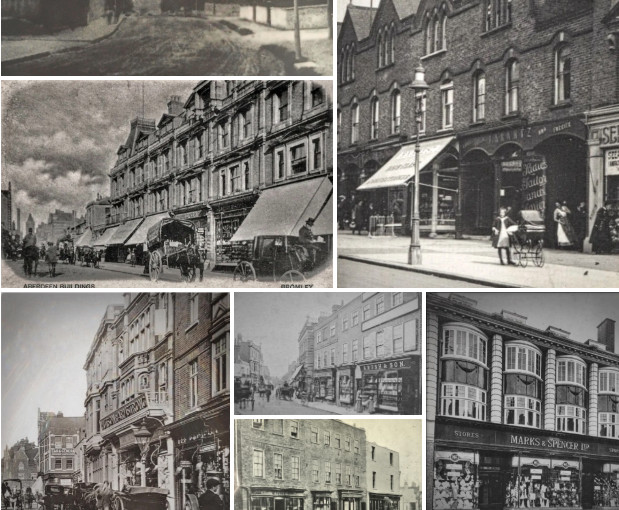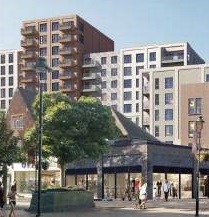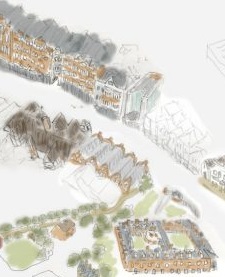This is the oldest section of the High Street, and has buildings that survive from the 1700s. The town is very fortunate that there we have a fine collection of Victorian and Arts and Craft era buildings in this part of our High Street.
Join us! Help promote & protect our Heritage
HISTORIC BUILDINGS
OLD PHOTOS
 Browse our old photos, in
Browse our old photos, in
Save our Town Centre
 from being dominated by tower blocks: Look here and email our ward councillors about:
* High rises in the Local Plan
* housing and a hotel on the civic centre (old palace)
and
* 16+ high rises from the draft Master Plan down the Lower High Street
* and there's others...
from being dominated by tower blocks: Look here and email our ward councillors about:
* High rises in the Local Plan
* housing and a hotel on the civic centre (old palace)
and
* 16+ high rises from the draft Master Plan down the Lower High Street
* and there's others...
Follow us on Twitter
BCS tags
- 66-70 High Street (6)
- 2019 Local Plan Site (5)
- AAP (10)
- Art Deco (7)
- Arts And Crafts Movement (12)
- BCS events (6)
- Bromley Council (7)
- Bromley history (8)
- Bromley Palace (6)
- Bromley Palace Park (9)
- Broom (3)
- Broom Time (3)
- C19 Folly (3)
- Campaign (15)
- Church House Gardens (5)
- Churchill Theatre (3)
- development (6)
- Former Magistrates Court (3)
- Green space (9)
- guided-walk (8)
- heritage (11)
- Heritage Buildings (49)
- HG Wells (6)
- High Street (19)
- High Street (North) (18)
- LBB-Bromley-North-Trail (20)
- Local Plan (10)
- Lost-Heritage (4)
- Market Square (14)
- Martins Hill (3)
- Old Bishops Palace (4)
- Old Photos (8)
- planning (16)
- Protected View (4)
- Pulhamite (4)
- Queen's Gardens (4)
- Self-Guided Heritage Walk (15)
- Site 10 (3)
- Site G (12)
- SPD (10)
- SPD Consultation (11)
- St Blaises Well (4)
- Supplementary Planning Document Consultation (3)
- town-centre-park-trail (12)
- Town Hall (4)

